Top Things to Know Before Buying a Raised Cedar Garden Bed
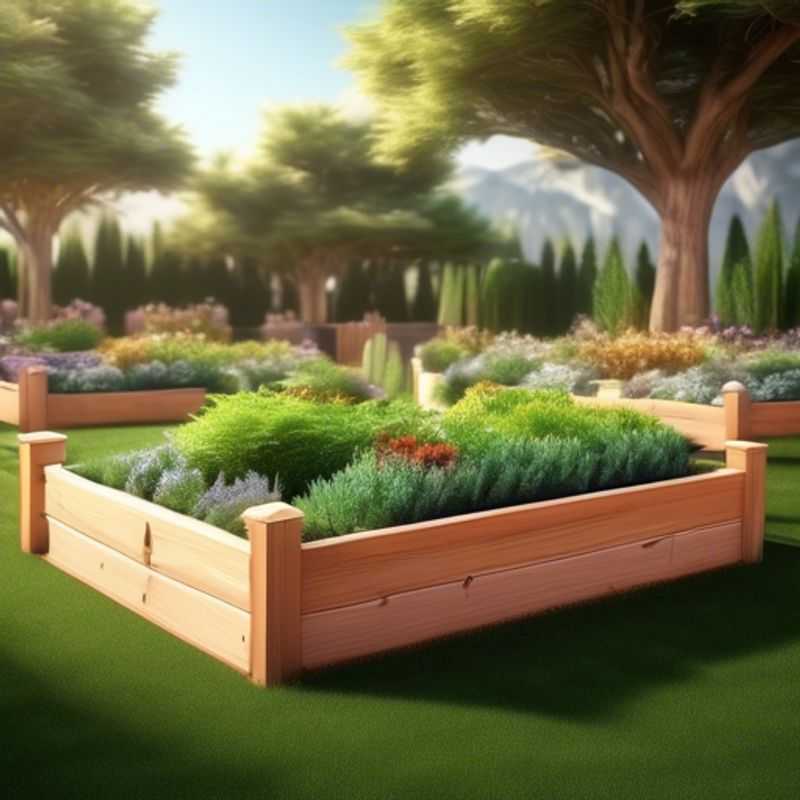
Top Things to Know Before Buying a Raised Cedar Garden Bed: A Deep Dive into Dimensions, Durability, Assembly, and Maintenance
Ah, the raised cedar garden bed. A glorious sight, promising fresh harvests and a touch of rustic charm. But before you get swept away by the allure of cedar's natural beauty, let's delve into the nitty-gritty details to ensure your garden bed is a success.
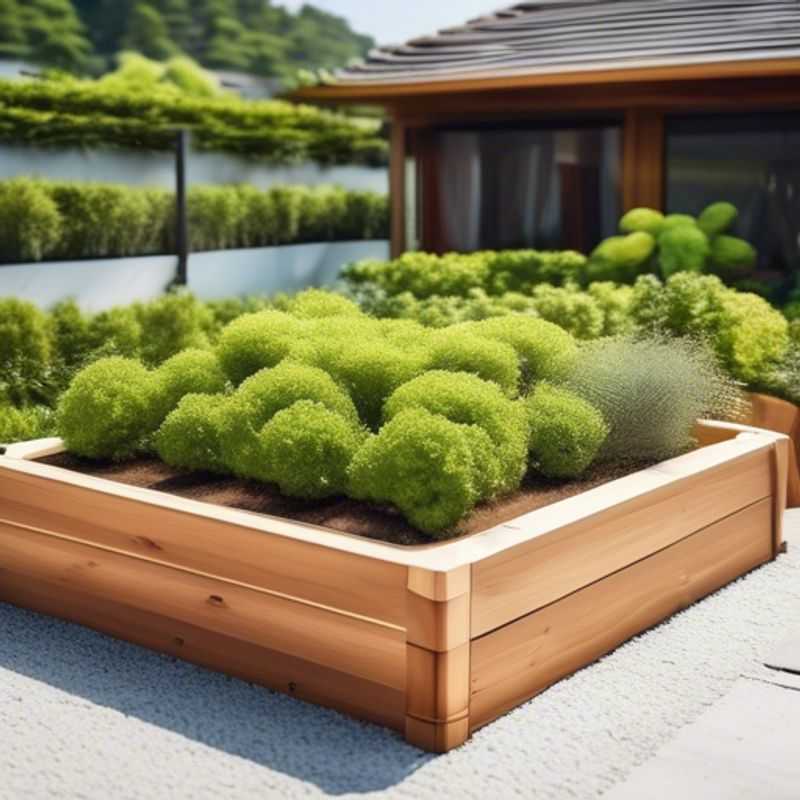
Sizing Up Your Garden: How to Measure for the Perfect Raised Cedar Bed
Measuring the available space in your garden is crucial for determining the ideal size of a raised cedar garden bed. Start by identifying the dimensions of your garden area. Use a tape measure to assess the length and width of the space where you plan to install the bed. Consider factors such as sunlight, access for maintenance, and the type of plants you wish to grow. Aim for a width that allows for easy access from both sides, typically around 4 feet, to facilitate planting and harvesting.
Next, take into account the height of the bed. A depth of 12 to 24 inches is generally recommended for most vegetables, allowing for proper root growth. Additionally, ensure that the location is level and free from obstructions like tree roots or large rocks. After measuring, consider laying out your garden bed with stakes or string to visualize the space it will occupy.
When estimating costs, include potential expenses such as cedar lumber, soil, and any necessary tools. Cedar is often chosen for its durability and resistance to rot, which may come at a higher price than other woods. You may also want to budget for landscape fabric to prevent weeds, as well as mulch to retain moisture.
In summary, accurately measuring your garden space and carefully planning the dimensions of your raised cedar garden bed will ensure a successful gardening experience. For further details on specific measurements and materials, consider looking up additional resources online.
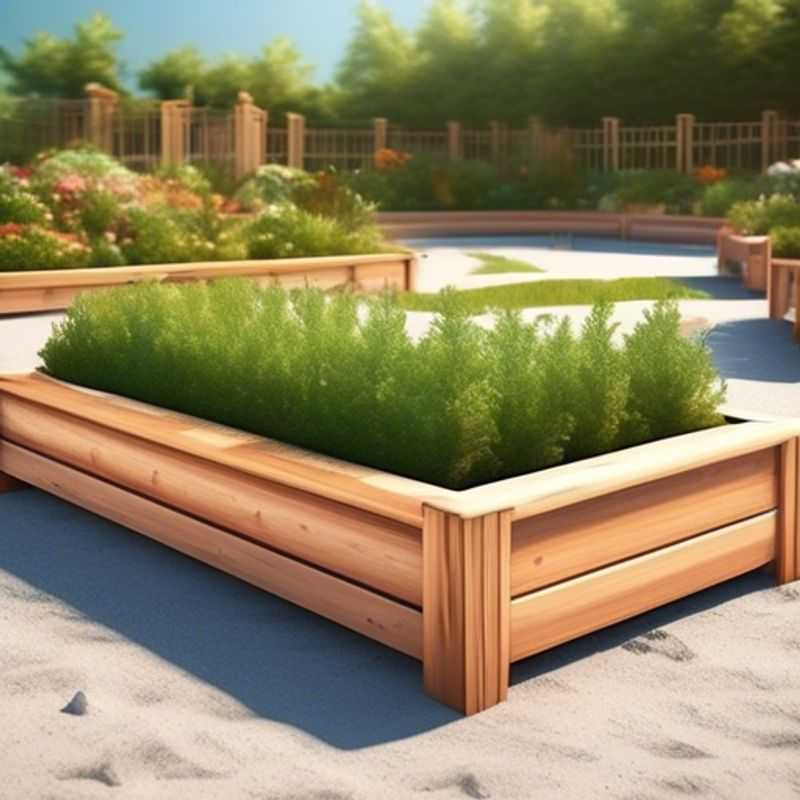
Sizing Up Success: Choosing the Right Raised Garden Bed Dimensions for Your Needs
Understanding the different dimensions and heights of raised garden beds is crucial for selecting the right one to meet your gardening needs. Typically, raised garden beds range from 6 inches to 36 inches in height. Shallower beds (6-12 inches) are ideal for growing root vegetables and herbs, while deeper beds (12-36 inches) accommodate larger plants and allow for better root growth.
The standard width of raised beds is usually 4 feet, allowing easy access from both sides without stepping on the soil. Length can vary, but common sizes are 4 to 8 feet. When planning, consider your available space and the plants you wish to grow.
In terms of costs, budgeting for raised beds involves materials (wood, metal, or composite), soil, and any additional features like irrigation systems or planting accessories. Depending on your choices, the total cost can range from $50 to several hundred dollars.
Lastly, remember that height and dimension can affect drainage and sun exposure, so choose wisely to ensure a successful gardening experience.
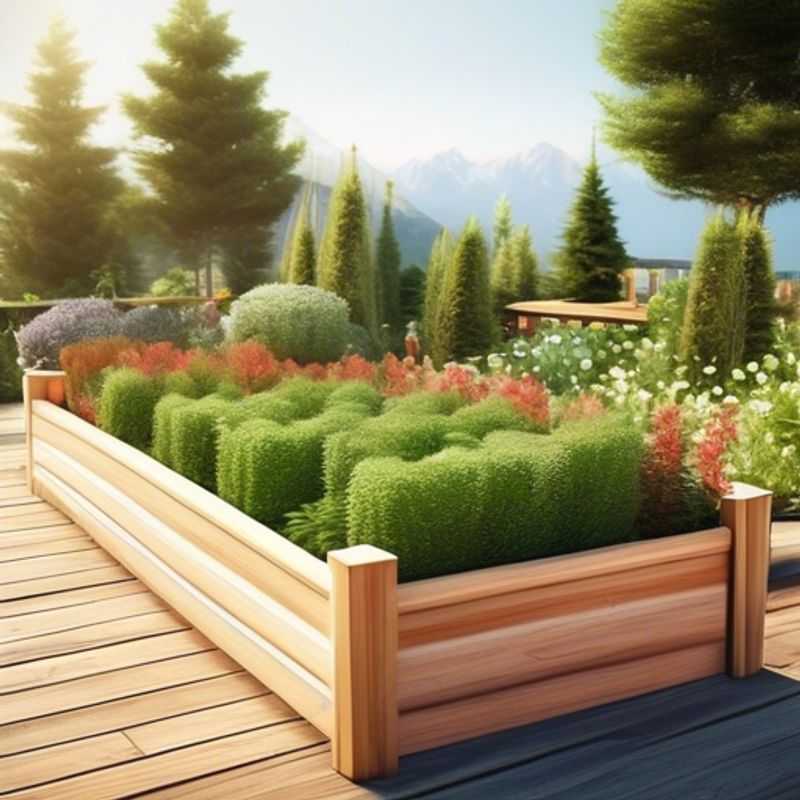
Cedar Garden Beds: Choosing the Right Wood for Long-Lasting Beauty
Cedar wood is a popular choice for garden beds due to its natural resistance to rot and insects. However, not all cedar wood is created equal. To ensure the longevity of your garden bed, it's crucial to research the quality and durability of the cedar wood you choose.
Here are some key factors to consider:
Species: Western red cedar is known for its exceptional durability, while Eastern red cedar offers a more budget-friendly option. However, Eastern red cedar is less resistant to rot.
Grade: Cedar wood is graded based on its quality. Higher grades, such as Select or Clear, indicate fewer knots and defects, leading to increased durability and longevity.
Treatment: Cedar wood can be pressure-treated to further enhance its resistance to rot and insects. This treatment involves injecting the wood with preservatives. Note that pressure-treated cedar might not be suitable for growing certain plants due to the chemicals used in the treatment.
Source: Choosing cedar from a reputable supplier ensures that you are getting high-quality wood. Consider checking for certifications that guarantee sustainability and responsible forestry practices.
Cost: The cost of cedar wood varies depending on the species, grade, and treatment. Factor in the long-term value of a durable garden bed when making your purchase decision.
By carefully researching the quality and durability of cedar wood, you can invest in a garden bed that will stand the test of time and provide a beautiful and functional space for your plants to thrive.
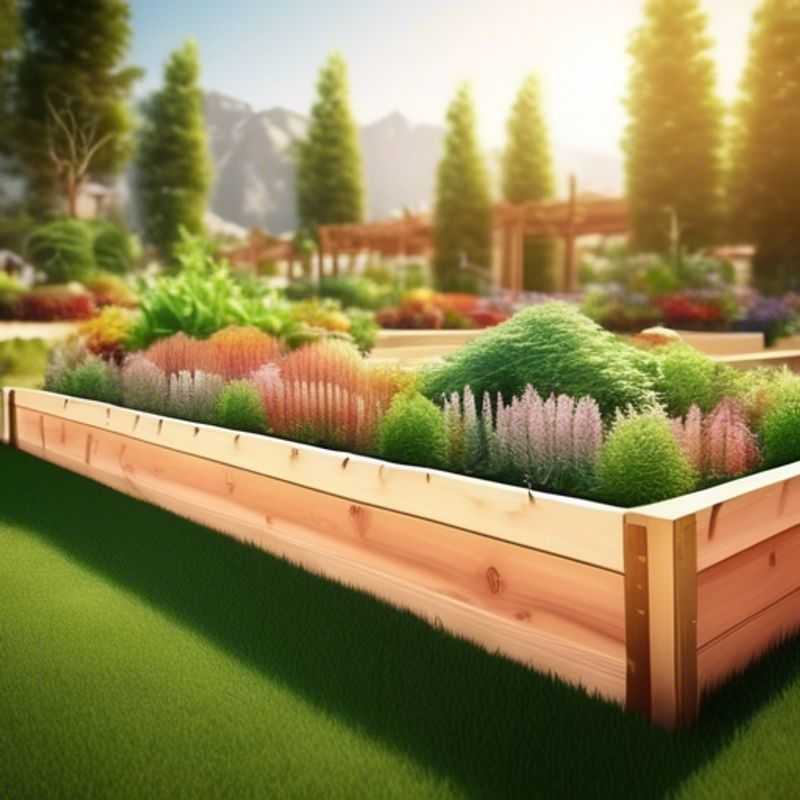
Beyond the Beauty: Weight Capacity in Raised Garden Beds
When creating a raised garden bed, it's crucial to consider its weight capacity to accommodate the soil and plants. This is important because the weight of the soil, plants, and water can put considerable stress on the structure, potentially causing it to collapse or deform.
To estimate the weight capacity, start by determining the volume of the raised garden bed. Multiply the length, width, and height of the bed to calculate its cubic volume. Then, consider the type of soil you'll be using. Different soils have varying densities, so research the weight per cubic foot of your chosen soil. You can also factor in the weight of the plants you intend to grow, although this is typically less significant compared to the soil.
Once you have the weight of the soil and plants, you can calculate the total weight the raised garden bed needs to support. Don't forget to consider the weight of the bed itself, especially if it's made of heavy materials like concrete or stone. Finally, select a bed material that can withstand the calculated weight. Wood is generally a good choice, but it's essential to choose strong, rot-resistant varieties like cedar or redwood. If using metal, ensure it's sturdy and galvanized to resist rust.
Remember, it's always better to overestimate the weight capacity. This will ensure the longevity and structural integrity of your raised garden bed. If you have any concerns, consulting with a structural engineer can provide valuable insights and ensure the safety of your gardening project.
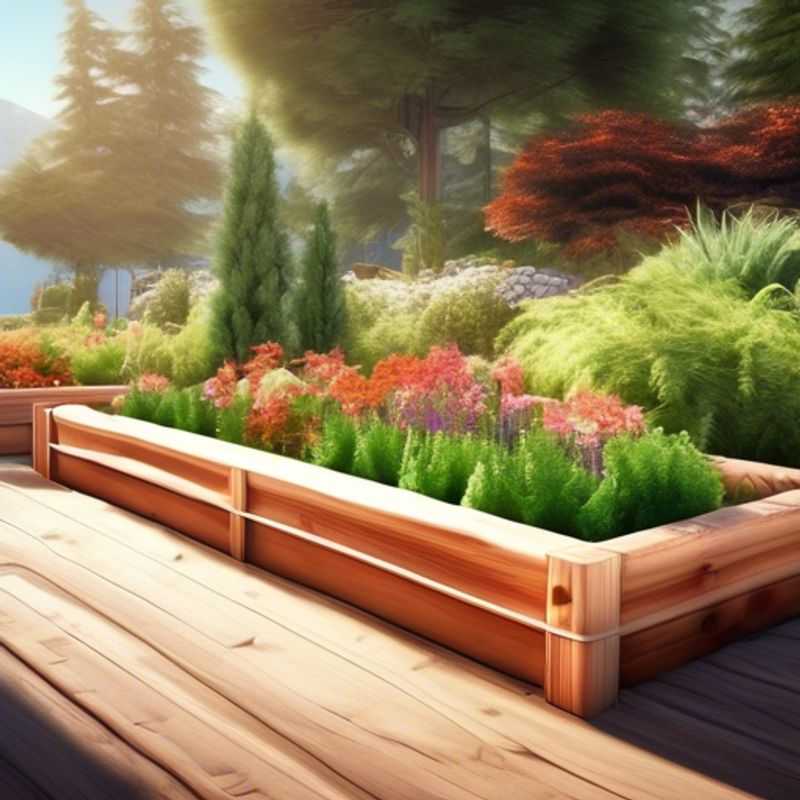
Mastering the Assembly Process: A Guide to Tools and Techniques
Familiarizing yourself with the assembly process and required tools for installation is crucial for ensuring a smooth and successful project. It's a fundamental step for any individual involved in installation, whether it's a DIY enthusiast or a professional contractor.
First, understanding the assembly instructions is paramount. These instructions typically outline the steps for assembling the product, including the order of components, necessary tools, and any safety precautions. Carefully reading and comprehending these instructions will prevent errors and ensure a proper assembly.
Next, gather the necessary tools. This may include basic tools like screwdrivers, wrenches, and pliers, but can also involve more specialized tools depending on the project. For example, installing a new cabinet might require a drill and drill bits, while a home theater system might require specialized cable connectors. It's important to have all the tools on hand before beginning the installation.
Lastly, consider any potential costs involved. While the cost of basic tools is usually minimal, specialized tools or parts might require an additional budget. Don't forget to factor in the cost of any replacement parts or accessories that may be needed. It's also a good idea to consider the time investment, as complex installations may take longer than expected. Planning ahead and allocating sufficient time and resources will help ensure a successful project.
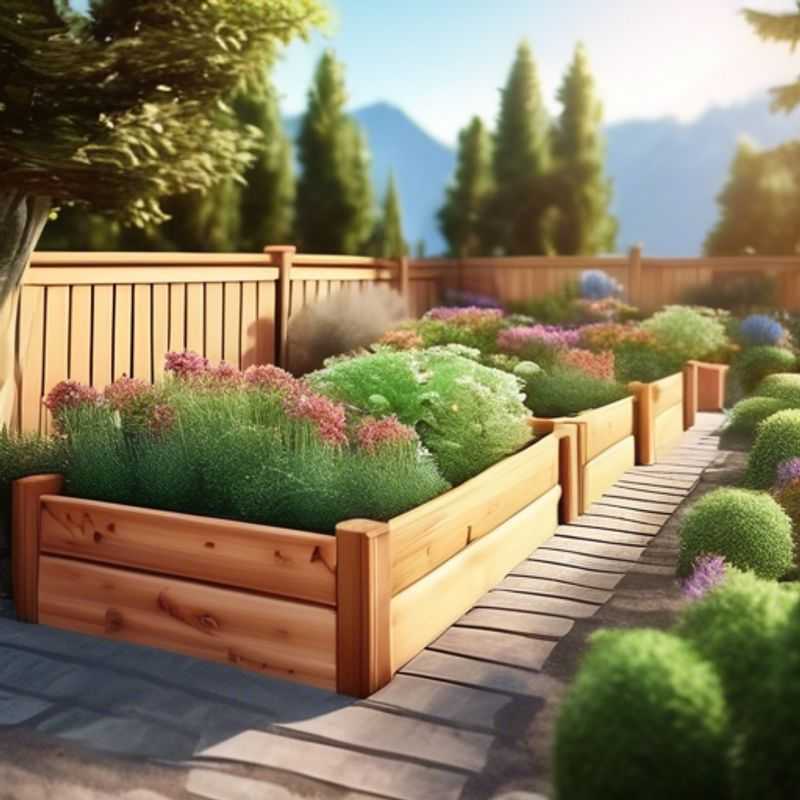
Watering Your Plants: Exploring Drainage Options for Healthy Growth
Proper drainage is vital for healthy plant growth. Excess water can suffocate roots and lead to disease.
There are several drainage options to consider:
1. Raised beds: Provide excellent drainage and allow for better control over soil composition. Consider the materials used for the raised beds as some can affect the soil pH.
2. Container gardening: Provides excellent drainage when using containers with drainage holes. Ensure the pot has sufficient drainage holes and is not too large for the plant.
3. In-ground planting: Requires careful soil preparation to ensure adequate drainage. Amend heavy clay soils with sand or compost to improve drainage.
To check for proper drainage, water the plant thoroughly and observe the soil. If water pools on the surface or drains very slowly, improve drainage.
Remember, drainage is an important aspect of plant care and will help your plants thrive. If you have any concerns, consult with a horticultural specialist or a local gardening expert for advice.
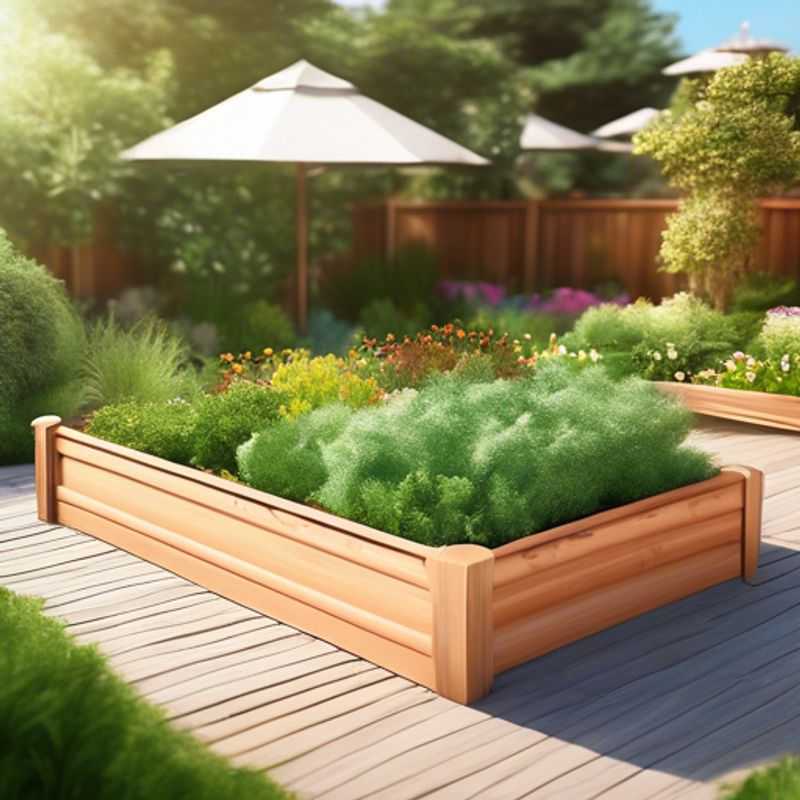
Cedar Garden Beds: Maintenance Matters - Staining, Sealing, and More
Cedar garden beds are a beautiful and natural addition to any outdoor space. They are known for their durability and resistance to rot and insects. However, to keep your cedar garden bed looking its best, it’s important to understand some basic maintenance requirements. Regular cleaning is key. Simply sweeping away debris and leaves will help prevent build-up and keep the wood looking its best. Staining or sealing your cedar bed is a good idea to protect it from the elements and enhance its natural beauty. Cedar is naturally resistant to weathering but applying a sealant can significantly prolong its lifespan. Choose a sealant designed for outdoor use and consider the desired finish, whether you prefer a natural look or a more glossy finish. You may also want to apply a water-repellent sealant to protect against moisture damage and prevent mold growth. Remember, these are just general guidelines. It is always best to consult with a local garden center or landscaping expert for specific recommendations tailored to your climate and location. They can advise on the best products and frequency of maintenance for your specific cedar garden bed.
